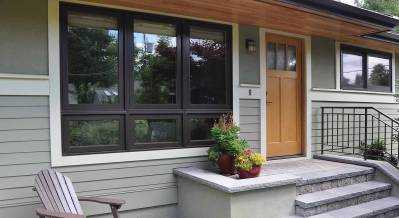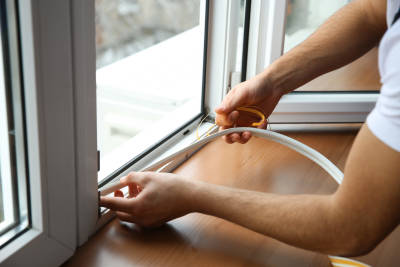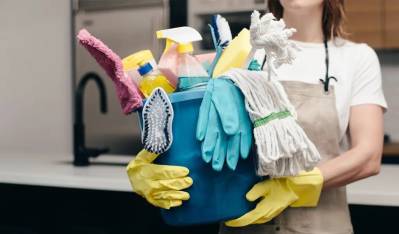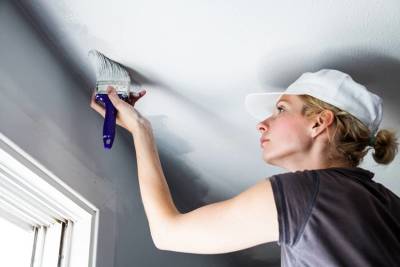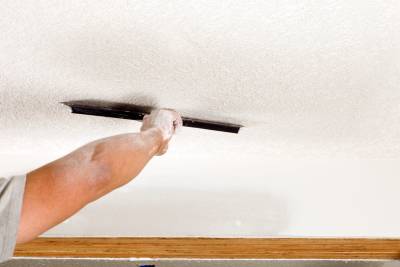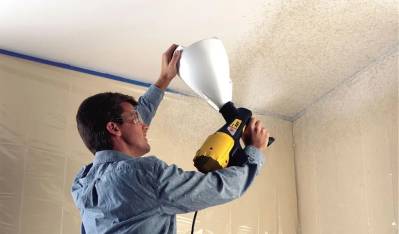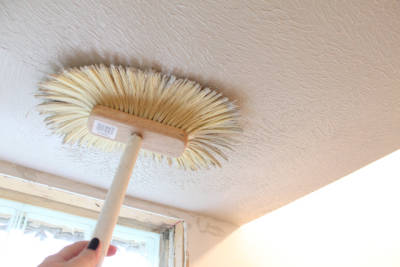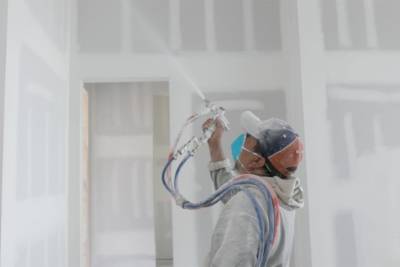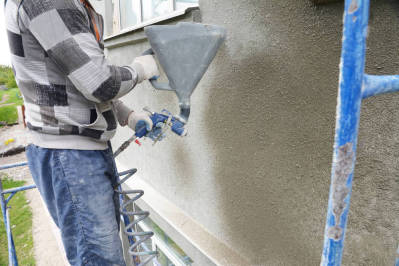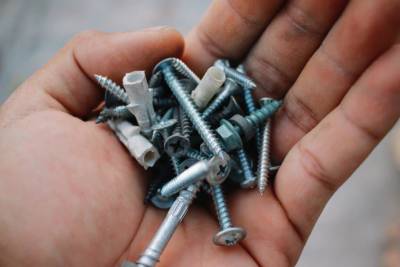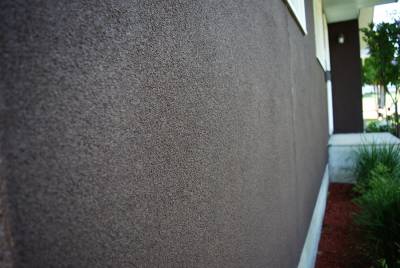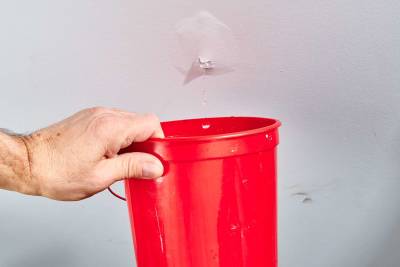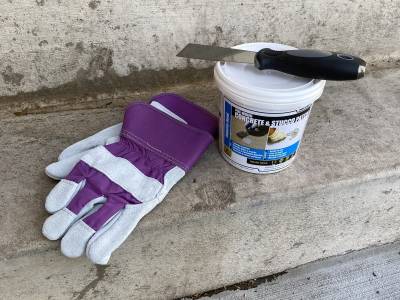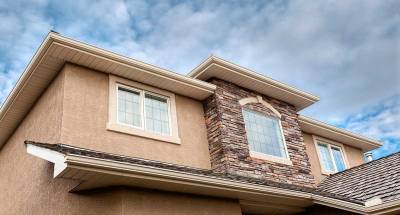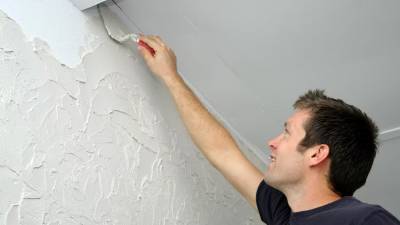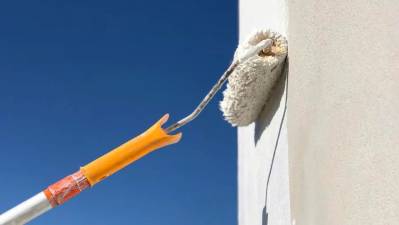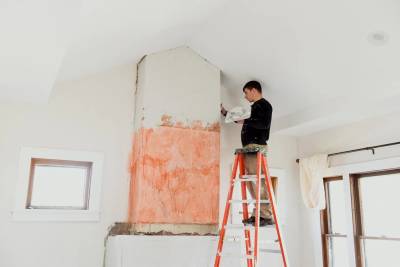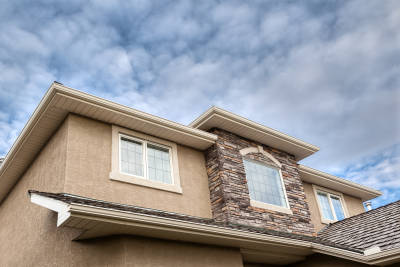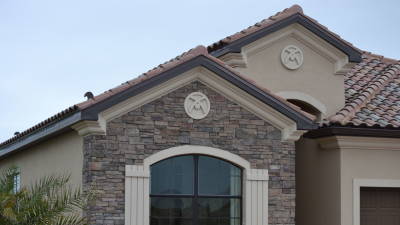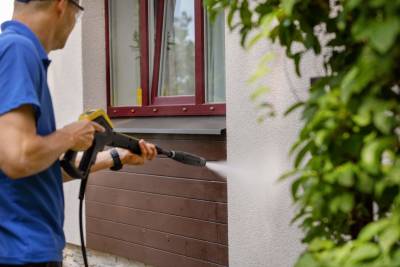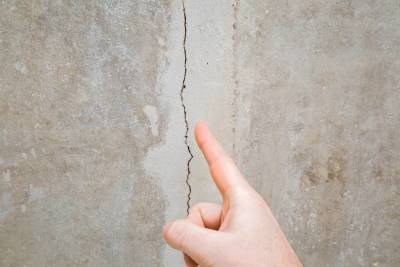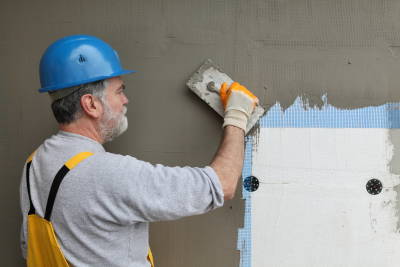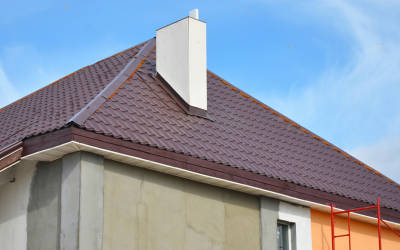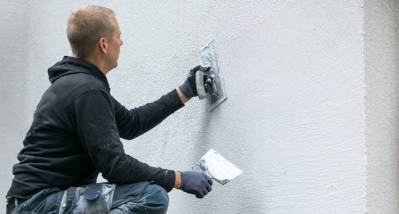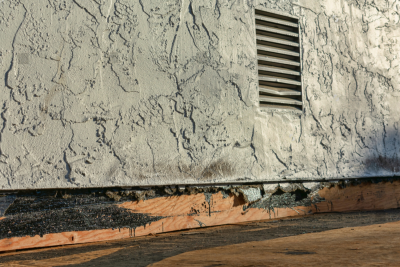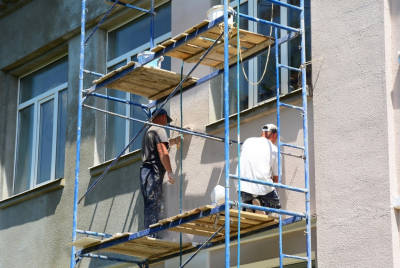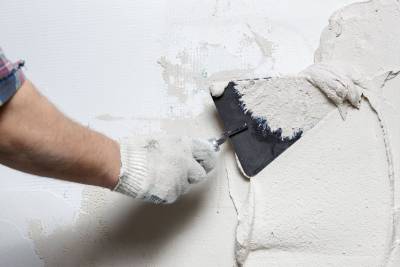Stucco Water Leak
Stucco water leaks can lead to severe consequences for your home, such as mold growth, structural damage, and decreased energy efficiency. When water seeps into the stucco, it can slowly deteriorate the material and compromise the integrity of your home's exterior. Additionally, if water finds its way into your home's interior, it can cause unsightly stains, peeling paint, and musty odors. To avoid these issues, it's crucial to promptly detect and repair any stucco water leaks. In this guide, we will take you through the process of identifying and addressing these leaks, ensuring the longevity and safety of your property.
Signs of Stucco Water Leaks
Detecting water leaks in your stucco early is vital to prevent further damage. Keep an eye out for signs such as damp spots on the walls, especially around windows and doors. Stains and discoloration on the stucco surface or interior walls are also indicators of water intrusion. If you notice peeling paint or wallpaper, it might be a result of moisture seeping through the stucco. Furthermore, a musty smell indoors is a strong clue of hidden water leaks. If you come across any of these signs, it's essential to take immediate action and investigate further.
Assessing the Stucco Damage
The first step in tackling a stucco water leak is to assess the extent of the damage. Start by examining the areas with visible signs of water intrusion. Use a moisture meter to determine the moisture content of the stucco and surrounding materials. Focus on vulnerable areas like those around windows, doors, roof intersections, and utility penetrations. This inspection will help you pinpoint the source of the leak and identify potential problem spots that need attention. For more significant issues, consider seeking the expertise of a Sacramento stucco water leak repair specialist like Atlas Stucco.
Gathering the Necessary Tools
Before you start the repair process, make sure you have all the necessary tools and equipment. You will need a moisture meter, a thermal imaging camera, a pry bar or chisel for stucco removal, a caulk gun, stucco mix, trowels, and a weather-resistant barrier (WRB). Additionally, invest in personal protective equipment (PPE) like safety goggles, gloves, and a dust mask. Having the right tools at your disposal ensures that the repair work goes smoothly and efficiently.
Safety Precautions
Safety should be a top priority during the inspection and repair process. Always wear the appropriate PPE to protect yourself from potential hazards, including dust and debris from stucco removal. Work on dry surfaces to minimize slipping accidents, and avoid working in adverse weather conditions. If the stucco water leak has caused significant structural damage, consider consulting an expert stucco repair contractor to ensure safety and proper handling of the repairs.
Identifying Vulnerable Areas
Certain areas of your home are more prone to stucco water leaks than others. Pay close attention to areas around windows and doors, as they are common entry points for water. Roof intersections, such as where the roof meets the wall, are also vulnerable spots. Additionally, check utility penetrations, like vents and electrical fixtures, as they can create openings in the stucco where water can seep through. Regularly inspecting these areas can help you catch leaks early on and prevent extensive damage.
Water Leak Detection Techniques
To pinpoint the source of water leaks, you can employ various detection techniques. Visual inspections are the first step, looking for any visible cracks, gaps, or damaged sealants. A moisture meter will help measure the moisture content of the stucco, indicating potential problem areas. Thermal imaging cameras can detect temperature variations, showing hidden moisture issues. Pressure testing involves applying water to specific areas and monitoring for leaks. Employing these methods in combination can help you accurately locate the source of the water leak.
Removing Damaged Stucco
Once you've identified the areas affected by water leaks, it's time to remove the damaged stucco carefully. Use a pry bar or chisel to gently remove the compromised stucco, ensuring not to cause further damage to the surrounding areas. Take your time with this step, as rushing might lead to more extensive repairs later on. Clean the area thoroughly from any debris and dust, creating a clean surface to work on for the repair process.
Addressing Flashing and Sealant Problems
One of the main culprits for stucco water leaks is improperly installed or damaged flashing and sealants. Flashing is a thin, waterproof material installed around windows, doors, and roof intersections to prevent water from seeping in. Check for any signs of wear, cracks, or gaps in the flashing, and replace or repair it as necessary. Similarly, inspect the sealant used to fill joints and gaps in the stucco. Replace any deteriorated or worn-out sealant to ensure a watertight seal around vulnerable areas.
Repairing Stucco Cracks and Holes
Stucco cracks and holes can contribute to water intrusion, allowing moisture to penetrate the building envelope. To repair these imperfections, start by dampening the area with a sponge or spray bottle to prepare it for new stucco application. Then, apply a layer of stucco patch over the crack or hole using a trowel, ensuring it's smooth and even with the existing stucco finish. Allow the patch to dry completely before moving on to the next step.
Applying a Waterproof Barrier
To fortify your home against future water leaks, it's essential to apply a waterproof barrier, commonly known as a weather-resistant barrier (WRB). The WRB acts as an extra layer of protection between the stucco and the underlying structure. It prevents water from entering while allowing any moisture trapped inside the walls to escape. Follow the manufacturer's instructions while applying the WRB, making sure to overlap the edges and seal any seams securely.
Reapplying Stucco
With the waterproof barrier in place, you can now reapply stucco over the repaired areas. Mix the stucco according to the manufacturer's instructions and apply it evenly using a trowel. Feather the edges of the new stucco into the existing stucco finish to ensure a seamless integration. Allow the stucco to cure properly, keeping it moist during the drying process to prevent cracking.
Quality Assurance
After completing the repairs, it's crucial to conduct thorough quality assurance checks to ensure the water leak issue has been adequately addressed. Reinspect the repaired areas for any signs of remaining moisture or potential problems. Use the moisture meter and thermal imaging camera to verify that the stucco is dry and that there are no hidden water leaks. Taking the time for this final inspection will give you peace of mind and confidence in the effectiveness of your repair work.
Preventative Measures
To minimize the risk of future stucco water leaks, there are several preventative measures you can take. Regularly inspect your home's exterior for any signs of stucco damage or deterioration. Keep an eye on vulnerable areas and address any issues as soon as they arise. Ensure your gutters and downspouts are clean and functional to divert water away from the stucco. Consider applying a water repellent coating to your stucco surface to enhance its resistance to water intrusion.
Seeking Professional Stucco Help
While some minor stucco water leak repairs can be handled by homeowners, more complex or extensive issues are best left to the expertise of professional stucco repair contractors. They have the knowledge, experience, and specialized equipment to diagnose and repair water leaks effectively. For residents of Sacramento, if you encounter stucco water leak problems beyond your comfort level, don't hesitate to contact Atlas Stucco, your expert stucco repair contractor. Their team of skilled professionals can provide a thorough assessment of your stucco issues and offer reliable solutions to safeguard your home against water leaks.
Contact Atlas Stucco Today For a FREE Stucco Water Leak Repair Quote!
Whether you've already detected a stucco water leak or want to take preventive action, the experts at Atlas Stucco can help. Don't wait for water leaks to cause further damage to your property. Contact Atlas Stucco today for a free stucco water leak repair quote and ensure the longevity and integrity of your home's exterior. With their proven expertise and commitment to quality, you can trust Atlas Stucco to provide effective solutions tailored to your specific needs. Safeguard your home from water leaks and keep it looking beautiful for years to come.
Tags: Stucco Water Leak,












